Using your yellow recycling bin
Always in the yellow bin
Paper and cardboard
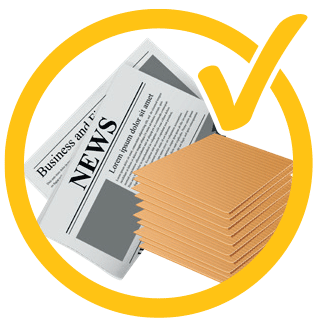
Paper and cardboard products can be placed in your yellow recycling bin. Before placing them in the bin, do your best to remove sticky tape and labels.
If the material has been soiled by food, like a greasy pizza box, it can be placed in your green organics bin.
Rigid plastic containers
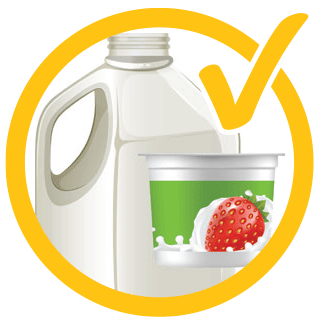
Rigid plastic containers and bottles, like ice cream tubs, yoghurt pots, butter and margarine tubs, sauce bottles, dip containers, and more, can all be placed in your recycling bin.
Before you put them in the bin, remove the lids, empty any food contents into your green bin, and give them a quick rinse.
Aluminium cans
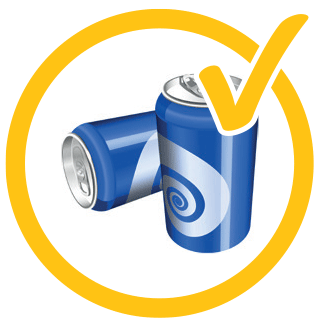
Aluminium drink cans can be placed in your yellow recycling bin, or they can be exchanged for 10c per can by dropping them off at your nearest depot.
Glass bottles and jars
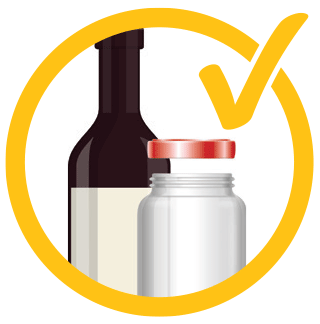
Glass bottles and jars, like wine bottles and pasta sauce jars, are good to go in your yellow recycling bin – as long as they’re in one piece.
Broken glass should be wrapped up, in newspaper or something similar, and placed in your red/blue landfill bin.
Other glass products such as windows, mirrors, oven-proof glass (like Pyrex), perfume bottles and deodorant bottles need to be placed in your red/blue landfill bin for disposal.
These types of glass are not 'furnace ready' and don't melt at the same temperature as the glass used for bottles and jars, meaning they won’t mix together properly and will cause faults and weaken recycled glass products.
Tins, cans and empty aerosols
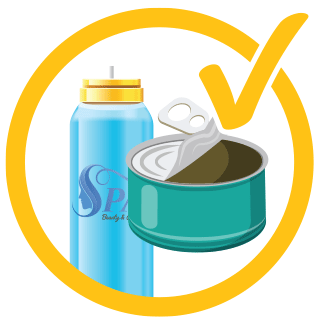
Cans, like the ones peas and corn come in, can be rinsed and placed in your yellow recycling bin.
Aerosol cans are also good to go in your yellow bin, as long as they’re completely empty.
Fruit punnets and biscuit trays
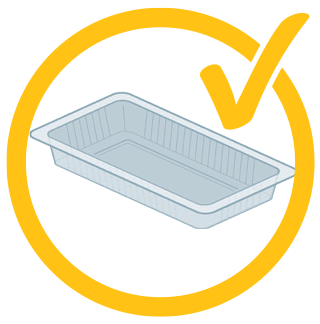
Fruit punnets and biscuit trays are considered a hard plastic, and are recyclable.
The easiest way to check if a plastic item is recyclable is to do the scrunch test – scrunch the plastic up, and if it springs back to its original shape, and it can hold water, it’s good to go in your yellow recycling bin.
Aluminium foil, scrunched
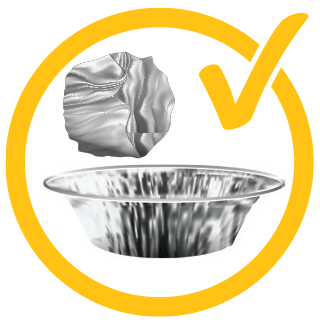
Aluminium foil is one of the most valuable materials to recycle, and recycling it saves more than 90% of the energy required to produce aluminium from raw materials.
It can be recycled by scrunching it up into a ball the size of a tennis ball and placing it into your yellow bin.
If your foil ball is a bit on the small side, keep adding to it until it’s big enough to be recycled.
If you’re not sure if something is actually made of foil, do the scrunch test. If it stays scrunched up in a ball, it’s foil, and if it pops back out, it’s likely to be foil covered in plastic, which should be placed in your red/blue landfill bin.
Never in the yellow bin
No batteries
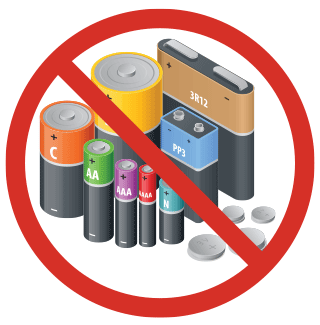
Batteries can’t go in your yellow bin, but they can be recycled by taking them to a free drop-off point.
Find your nearest drop-off point.
Batteries incorrectly placed in your recycling or landfill bin have the potential to cause a fire in the waste truck once collected, so it’s very important to dispose of them responsibly.
No soft plastics or plastic bags
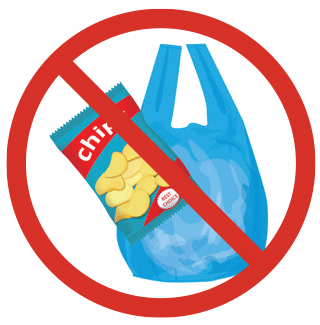
Soft plastics should only be placed in your red/blue landfill bin, never in your yellow recycling bin.
If a bag is certified compostable, that is, it has the AS-4736 Australian Standard 'seedling' logo printed on it, then it is safe to go in your green organics bin, as these bags are designed to break down in a commercial composting facility.
No polystyrene
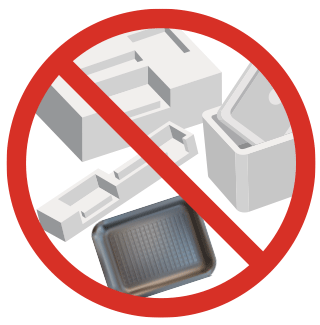
Expanded polystyrene, also known as Styrofoam, can’t be recycled through your yellow bin.
White, rigid packaging foam can be recycled by taking it to your nearest drop-off point.
Foam meat trays and similar items must be placed in your red/blue landfill bin.
No food
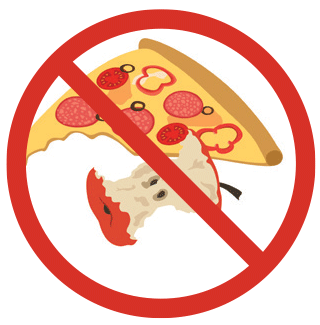
All food scraps, including citrus, onion, dairy, meat, bones, fish, fruit and vegetables, should be recycled through your green organics bin or home composting system – but make sure all the packaging has been removed first.
No fabric, clothing or footwear
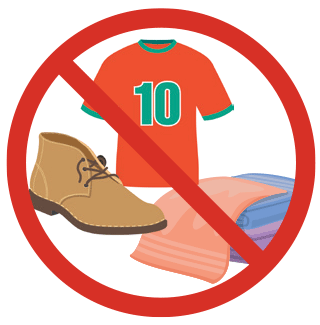
Clothing, footwear and fabric items, including towels, sheets, quilts and pillows, cannot be placed in your yellow recycling bin.
This includes items made from wool, cotton and leather.
Any functioning or wearable items can be donated or sold, and any items that are unusable should be placed in your red/blue landfill bin.
No broken glassware or crockery
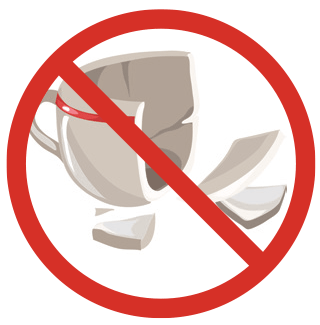
Broken glassware cannot be placed in your yellow recycling bin. Instead, it should be wrapped up, in newspaper or something similar, and placed in your red/blue landfill bin.
Crockery – broken or intact – also cannot be placed in your recycling bin.
This is because the presence of ceramics in a batch of typical, recyclable glass will weaken the recycled product.
Broken or chipped pieces should also be wrapped in something like newspaper before being placed in the landfill bin.
If items are still in good condition, consider donating them or selling them before disposing of them.
No e-waste or light globes
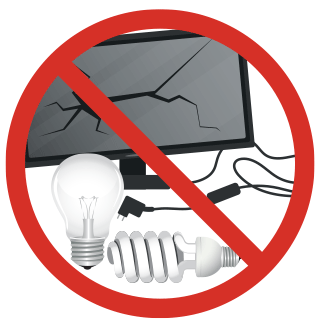
Electronic waste, like TVs, phones, computers and cables, can be recycled by taking them to your nearest drop-off point.
Similarly, light globes can be recycled through the Backlight program, by dropping them off at a participating Mitre 10, True Value Hardware, or Ikea store.
